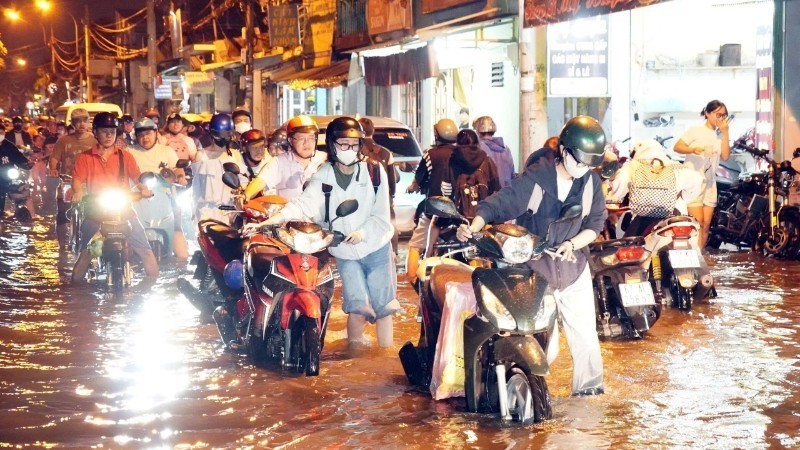
The technical infrastructure system in general and drainage system in particular of urban areas across the country cannot keep up with the speed of urbanization; rainwater drainage systems, collection and treatment of domestic wastewater of people... are the fundamental causes leading to the above situation.
Many inherent problems
In general, most urban drainage systems are still old systems, formed long ago, so drainage capacity is uneven. Recently, new urban area projects and housing development in some localities have been planned and built synchronously; the rainwater drainage system is separated from the domestic wastewater collection system, but the separation is still small within the project scope, not expanded to the entire urban area, so drainage efficiency is still limited.
By the end of 2024, there were 83 urban wastewater treatment plants operating in more than 50 urban areas nationwide, with a total design capacity of more than 2 million m3/day, but the actual capacity was only about 1.1 million m3/day. Many centralized wastewater treatment plants did not reach their design capacity due to the low rate of drainage connections from households or the collection network not being invested in synchronously (on average, operating at about more than 50% of the design capacity).
Although the coverage rate of drainage systems is quite high (urban areas reach about 90%), the rate of domestic wastewater collected and treated to meet environmental discharge standards is only 18% of the total wastewater volume. Currently, there are two models of drainage management at the local level, including centralized and decentralized management models. This will cause difficulties when the two-level local government model operates, the management capacity of the People's Committee at the commune level is not up to standard for large-scale wastewater treatment projects. Along with that, the rate of drainage systems per capita in Vietnam is still low, averaging more than 1m/person, only about half of the world average (2m/person),...
Director of the Department of Construction Infrastructure ( Ministry of Construction ) Ta Quang Vinh assessed that, in addition to the inherent problems that have not been resolved, the investment capital for the construction of drainage systems according to the planning does not meet the needs of localities (by 2030, about 300,000 billion VND). Drainage service prices are still low, previously only 25 localities (before the merger) issued prices at 4 different levels, ranging from 700 VND/m3 to 2,600 VND/m3 and mainly still applied environmental protection fees for wastewater.
The process of urban development, high population density, and the impact of climate change and extreme weather, etc. have caused the old drainage system to be overloaded. The State does not have enough resources to invest in all wastewater treatment plants and collection pipeline networks, while the pipeline network in urban areas has degraded and damaged.
The field of drainage and wastewater treatment is a public service provided by the State, invested and managed by the State. The private sector wants to invest or the State transfers it but cannot do so due to legal problems. The fact that localities are not allowed to establish specialized drainage planning (except for centrally-run cities) also causes difficulties in proposing and establishing investment projects for the construction of drainage works...
Building synchronous solutions
Experts assess that the general planning for urban development has mentioned solutions to prevent flooding, however, the implementation stage still faces many obstacles and needs to start from reality to have a suitable investment plan. Professor, Dr. Dao Xuan Hoc, Chairman of the Vietnam Irrigation Association, said that the current problem mainly lies in the drainage stage (collecting from the sewer system to the river to pump stations). For example, in Hanoi, the approved capacity for pumping stations is 504 m3/s, but currently the investment is too slow, not completed, even some pumping stations have been completed but there is no wastewater source to treat.
For localities experiencing flooding due to rising river water and tides, relevant sectors need to coordinate closely in reviewing and re-planning the river network to maximize the effectiveness of flood and inundation drainage. Locally flooded areas can apply flexible methods such as using prefabricated underground tanks, taking advantage of space in constructions to store rainwater and wastewater, contributing to minimizing the impact of flooding.
According to Director Ta Quang Vinh, based on the assessment of the current practical status of the drainage system of the whole country as well as the review of legal documents and assessment of state management work, it is extremely necessary to perfect legal documents, especially at present there is no unified specialized legal document regulating activities in the field of drainage, including: Rainwater drainage, collection and treatment of wastewater, sludge, flood prevention, climate change response, etc.
Therefore, the development of specialized laws on water supply and drainage is one of the key solutions for overall management, solving existing problems, especially investment mechanisms to attract resources to build drainage systems. It is expected that the Ministry of Construction will revise and complete the draft Law on Water Supply and Drainage to submit to the Government in 2026 and submit to the National Assembly for early approval and promulgation.
Experts recommend that while waiting for the law to be passed, localities should immediately promote the conversion of environmental protection fees for wastewater into fees for drainage services; wastewater treatment and develop a roadmap to increase drainage and water treatment service prices; supplement local budget sources for reinvestment in drainage and wastewater treatment projects, etc. Authorities need to boldly research and issue an Urban Flood Prevention Program, similar to the Social Housing Development Program, to have appropriate policies to promptly resolve this situation.
Along with that, it is necessary to build a specific mechanism for localities in investing in urban flood prevention works; build a database on urban flooding; pilot the operation of the PPP mechanism in attracting and mobilizing private investment capital to participate in drainage and wastewater treatment projects, ensuring project financial efficiency, and being attractive enough to investors and credit institutions.
Source: https://baolaocai.vn/khac-phuc-tinh-trang-ngap-ung-do-thi-post886664.html




![[Photo] The "scars" of Da Nang's mountains and forests after storms and floods](https://vphoto.vietnam.vn/thumb/1200x675/vietnam/resource/IMAGE/2025/11/13/1762996564834_sl8-jpg.webp)


![[Photo] Prime Minister Pham Minh Chinh attends a conference to review one year of deploying forces to participate in protecting security and order at the grassroots level.](https://vphoto.vietnam.vn/thumb/1200x675/vietnam/resource/IMAGE/2025/11/12/1762957553775_dsc-2379-jpg.webp)
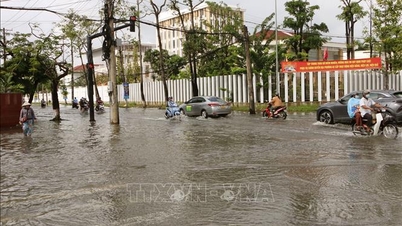





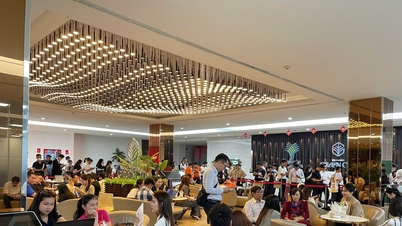







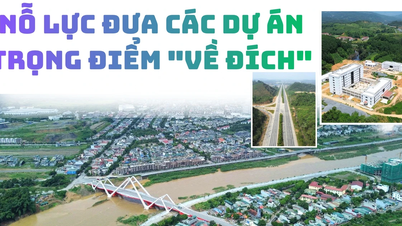










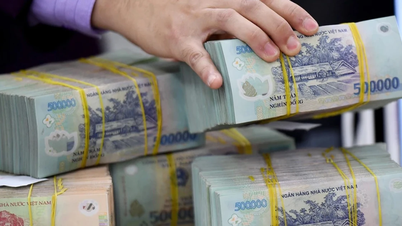



![[Photo] Highways passing through Dong Nai](https://vphoto.vietnam.vn/thumb/1200x675/vietnam/resource/IMAGE/2025/11/12/1762940149627_ndo_br_1-resize-5756-jpg.webp)















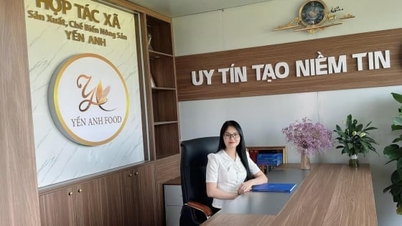
































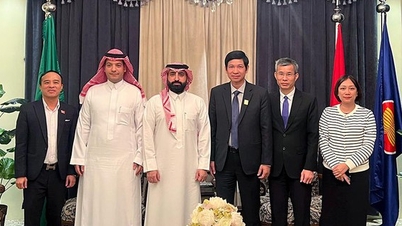






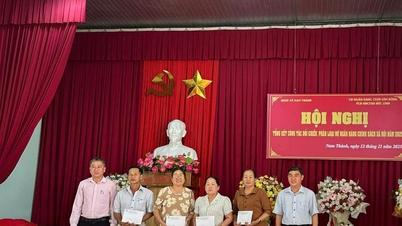











![Dong Nai OCOP transition: [Article 3] Linking tourism with OCOP product consumption](https://vphoto.vietnam.vn/thumb/402x226/vietnam/resource/IMAGE/2025/11/10/1762739199309_1324-2740-7_n-162543_981.jpeg)








Comment (0)